 Last night’s Demo Ignite Camp was a success. We got a decent-sized crowd, a bunch of great presnetations on all sorts of projects by Vancouver-area techies and hopefully inspired the local nerds to get together and do "show-and-tell" events more often.
Last night’s Demo Ignite Camp was a success. We got a decent-sized crowd, a bunch of great presnetations on all sorts of projects by Vancouver-area techies and hopefully inspired the local nerds to get together and do "show-and-tell" events more often.
Demo Ignite Camp came about thanks to a couple of lucky circumstances. First and foremost, Vancouver is lucky enough to have a guy like Boris Mann, who is a technologist, entrepreneur and David Crow’s West Coast evil twin. He was able to rally the local techies to come out to a gathering on short notice on a week packed full of techie-oriented events (including "Launch Party" this Wednesday, which we’ll be attending).
The other lucky break comes as a result of the TechDays Vancouver conference. TechDays is a two-day conference, and we booked the Vancouver Convention Centre for it. We had no evening events, which meant that the conference halls were going to be empty and unused on the first night of the conference. We decided to make the space available for some kind of free community event; I thought of hosting a DemoCamp-style event and immediately thought of getting Boris’ help.
Last night’s presentations – all which of were quite good — were:
- Clamato — Hot Smalltalk on JavaScript action by Avi Bryant
- TransitDB – Carson Lam’s online guide for Vancouver Transit users that won the PHP FTW contest earlier this year
- RestfulX Framework – Dima Berastau’s framework for bringing Rails-esque goodness and RESTfulness to Adobe Flex and AIR development
- PhoneGap and Ayogo’s use of it for iPhone Game Development
- Joyent’s Smart – Joyent’s cloud platform
- Walruz — Ruby framework for managing complex authorization policies
We didn’t have time to get around to Mobify’s presentation, so I’m going to make up for it by writing an article about them and give them lots of link love (I’ll be emailing you guys soon!).
Once the presentations wrapped up, we took the attendees to the Lions Pub where we pulled out the Microsoft American Express corporate card and bought a round for everyone.
And now, the photos, courtesy of John Bristowe. You can check them out in the slideshow below or view them on Flickr:
Created with Admarket’s flickrSLiDR.
Vancouver’s got some great people doing some very interesting tech work, and we’d like to make sure that it gets nurtured with events like Demo Ignite Camp and other community-building gatherings. If there’s anything we can do to help – because a healthy tech ecosystem, regardless of the technology is also good for Microsoft – please let us know! Drop me a line in the comments or email me!
I’d like to thank Boris Mann for helping put this event together, Barnaby Jeans and Damir Bersinic for offering up the space, Angie Lim, Nik Garkusha and Arun Kirupananthan for providing the during- and after-refreshments – but most importantly, the presenters and attendees!

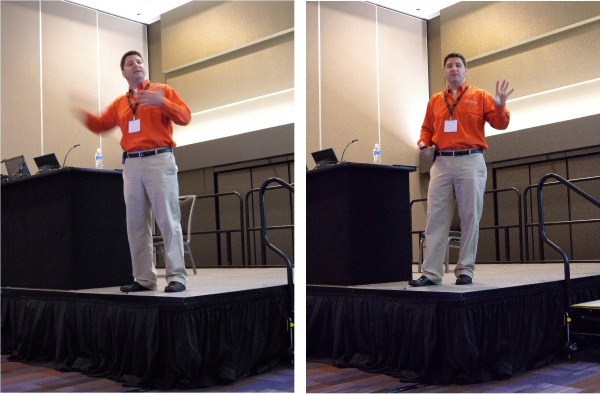
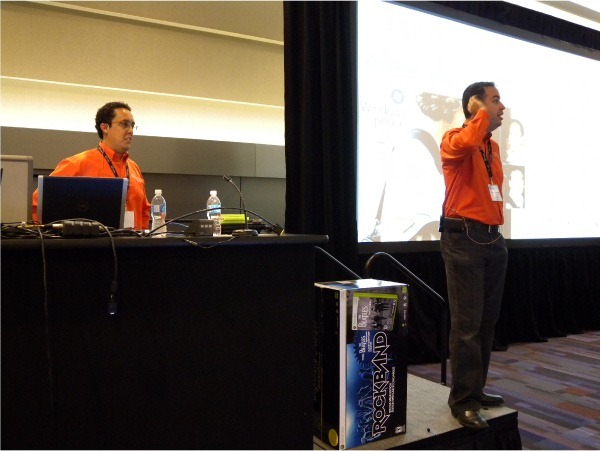

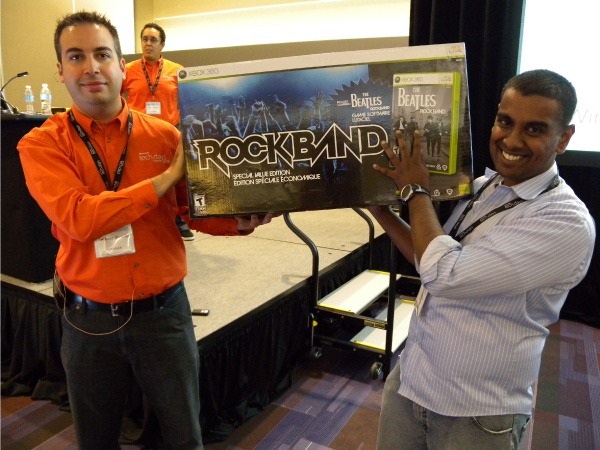
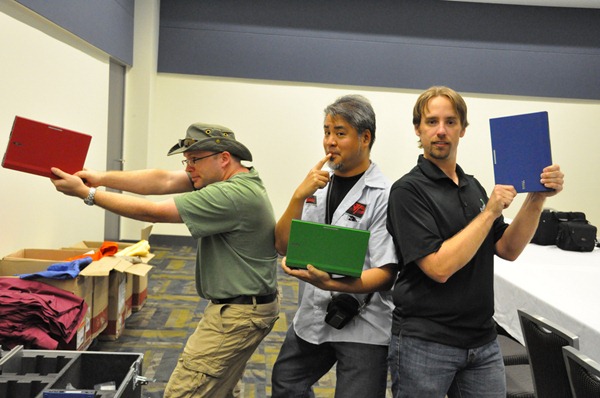
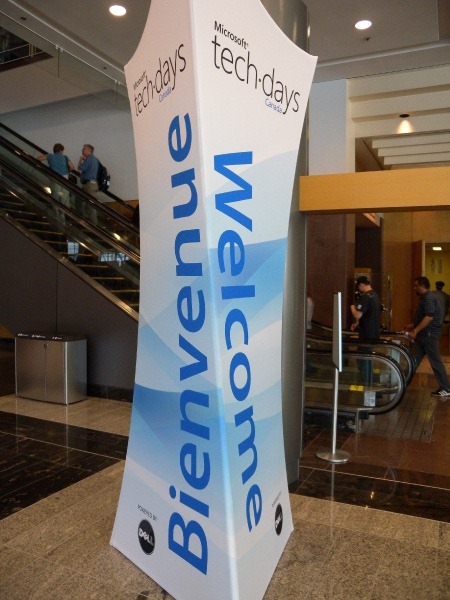
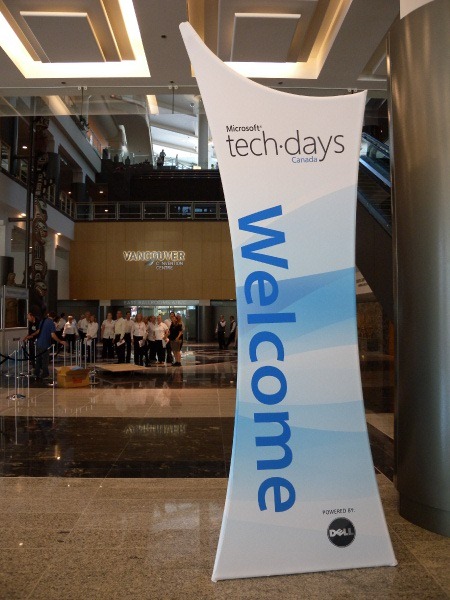
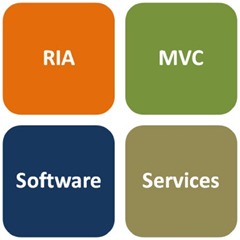
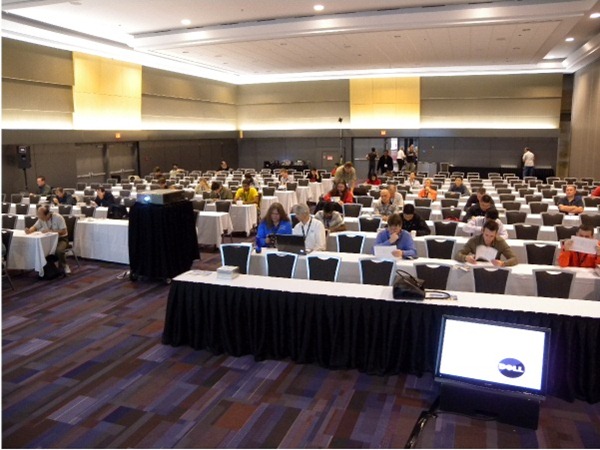
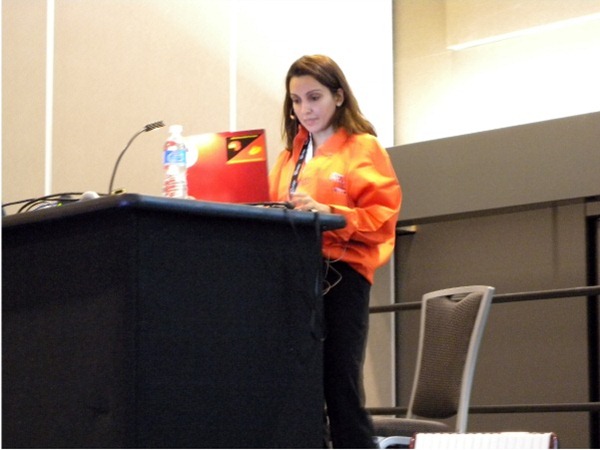
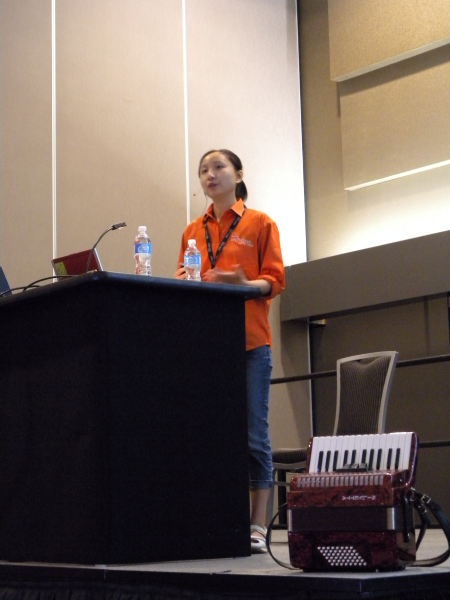

 Can I work a room or can I work a room?
Can I work a room or can I work a room?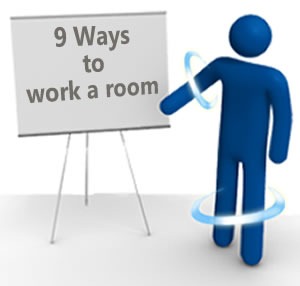 Here are some bits of advice for working the room at TechDays, culled from a mix of
Here are some bits of advice for working the room at TechDays, culled from a mix of